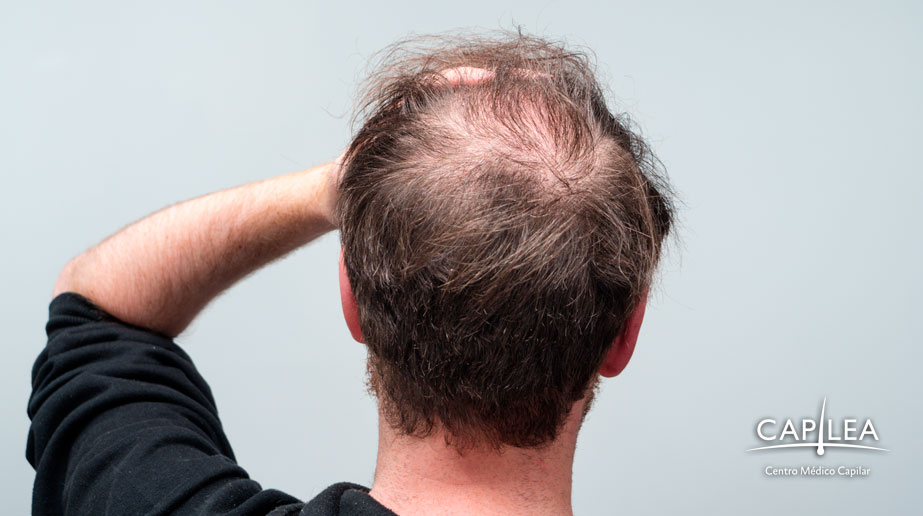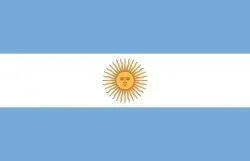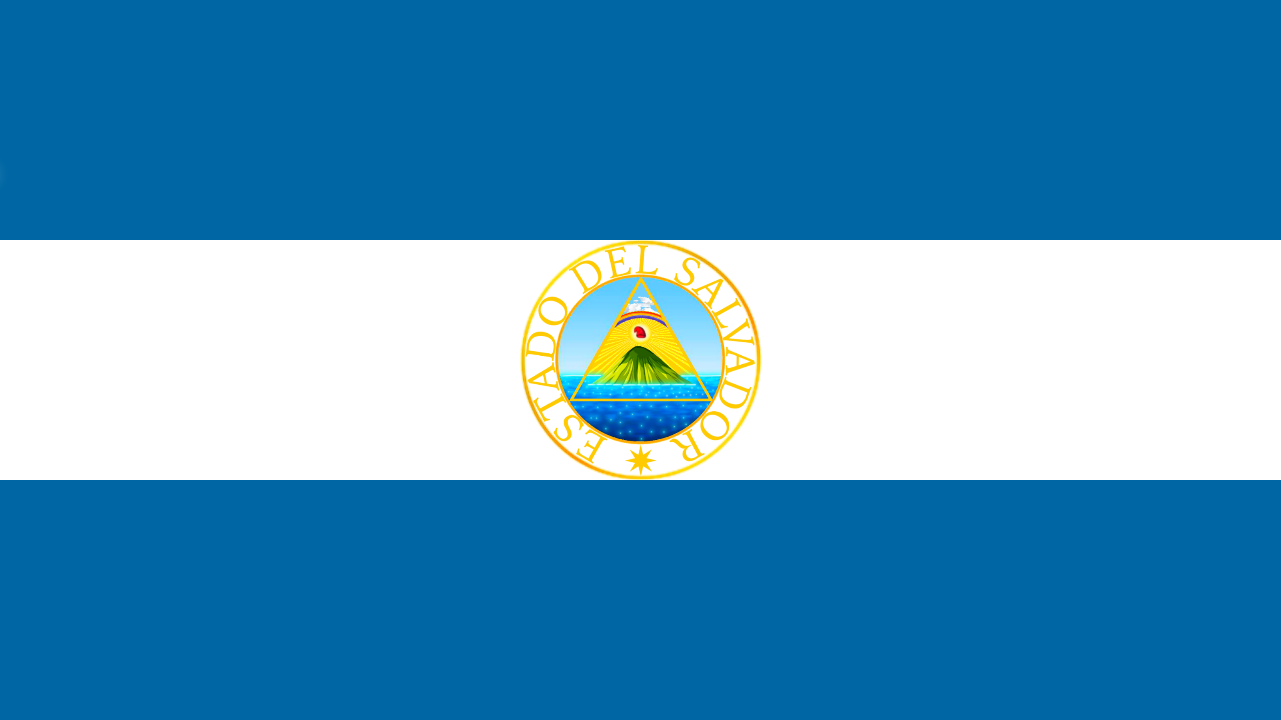Sometimes, treating hair loss can be difficult. Currently, there are various treatments and medications like finasteride or minoxidil to alleviate male pattern hair loss, some with excellent reviews and others not as many. In this article, we took on the task of researching and sharing some information about dutasteride what it is, its applications, and the potential side effects it may have if you use it to treat alopecia. Keep reading to learn more about the topic and effective solutions for addressing hair loss.

What is dutasteride?
Dutasteride is an inhibitory medication primarily used to treat benign prostatic hyperplasia (BPH), a condition in which the prostate enlarges and can cause urinary problems in men. Although dutasteride is not FDA-approved in the United States specifically for the treatment of hair loss, some doctors may prescribe it off-label (meaning not FDA-approved) to treat hair loss in men in some instances.
How can dutasteride be effective for baldness?
The reason that dutasteride could be effective for hair loss in men is its ability to inhibit the enzyme 5-alpha reductase, which converts testosterone into dihydrotestosterone (DHT). DHT is believed to be involved in hair thinning and hair loss in genetically susceptible men.
However, it is essential to note that the use of dutasteride to treat hair loss is controversial and not without side effects. Additionally, its off-label use should be supervised by a doctor. Some potential side effects of dutasteride include erectile dysfunction, decreased libido, and other sexual problems. Furthermore, it is not approved for use in women and should not be used during pregnancy as it can harm the developing male fetus.
So, how can alopecia be treated?
The FUE technique is one of the most effective ways of treating male pattern baldness and recovering hair follicles. We will now provide you with more information on what it entails.
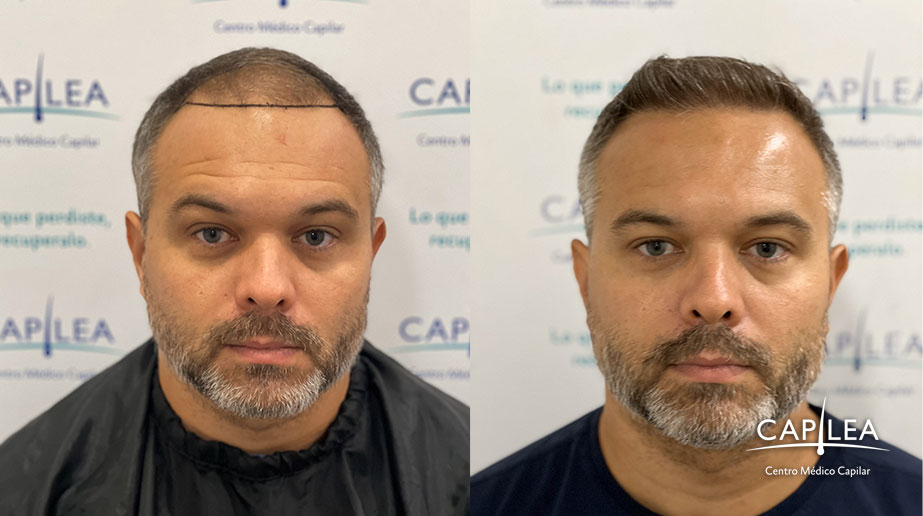
FUE Technique
The FUE (Follicular Unit Extraction) technique involves the extraction of follicular units. The doctor uses a unique extraction device to individually remove groups of hairs from the donor area, which is typically located on the back or sides of the head. This part of the procedure is performed under local anestesia with no side effects.
Treating androgenetic alopecia is easy with this procedure! Once extracted, the grafts are carefully prepared for transplantation. This may include separating individual follicular units and sorting them based on their quality. The doctor will make small incisions in the recipient areas (the areas of the scalp where hair restoration is desired) and place the grafts one by one into these incisions. The design and orientation of the grafts are pre-planned to achieve a natural result.
After the procedure, instructions will be provided on how to care for the treated area. There may be a recovery period during which you should avoid strenuous activities and follow a specific care routine. Hair growth may take several months to become evident.
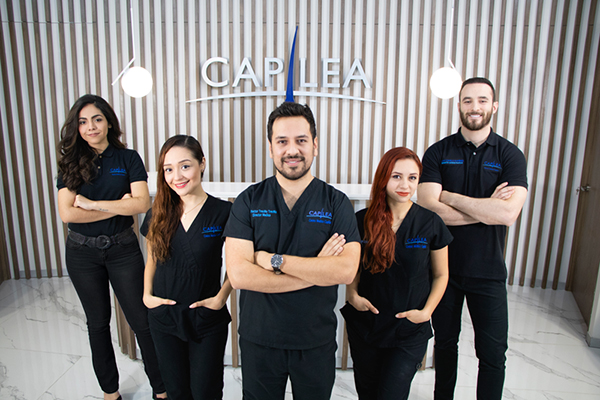
Capilea, your best choice for hair recovery
Forget the comparison of dutasteride versus finasteride; we recommend first speaking with a specialist in hair disorders. At Capilea, we have a dedicated team of experts in hair treatments and grafts who will gladly address all your questions, assess whether you are a suitable candidate for alopecia treatment, and explain the process and expected results in detail. Schedule your consultation online or in person at any of our three hair clinics, Monterrey, Tijuana, or Mexico City, and regain your hair and confidence.

